…but which will have severe consequences for the Middle East and the world.
By Jochen Mitschka.
How do you get on the US terrorist list? After Nelson Mandela and Yasser Arafat, the Iranian General Soleimani made it. Only now he was murdered before he could be awarded the Nobel Peace Prize. Who was this man and what made him dangerous in the eyes of Israel and the USA? Or is the question more to whom was he dangerous?
In the course of the war against Iran, the Trump government, among other things, put the most popular Iranian General Qassem Soleimani on the list of wanted terrorists and thus released him for killing, finally murdered him and 11 other people with a missile on January 3rd, 2020, injuring many others critically.
A representative survey conducted by the renowned Center for International and Security Studies at Maryland (CISSM) in January 2018 showed that more than 72 percent of those surveyed rated the General as very positive or somewhat positive. This places him far ahead of all the politicians surveyed in terms of popularity. The “Combating Terrorism Center at West Point – CTCSentinel” dedicated the front page and a long article about the General’s work to the General. In the foreword of the article it says:
“In recent years, Iran has projected its power across the Middle East, from Lebanon and Syria to Iraq and Yemen. One of the keys to its success has been a unique strategy of blending militant and state power, built in part on the model of Hezbollah in Lebanon. The acknowledged principal architect of this policy is Major General Qassem Soleimani, the long-serving head of Iran’s Quds (“Jerusalem”) Force. Without question, Soleimani is the most powerful general in the Middle East today; he is also one of Iran’s most popular living people, and has been repeatedly touted as a possible presidential candidate.”
So much for the introduction. The article then describes the career of Soleimani in an astonishingly neutral way. He began his career as a simple country boy in the 1970s in the Revolutionary Guards. Shortly after basic training he became an instructor himself. During the war that Iraq had started with clear US aid against Iran, he served on practically all fronts and was promoted to chief of the 41st Division of the Revolutionary Guards.
After the war he dedicated himself to the fight against the cultivation and smuggling of narcotics and was then appointed commander of the “Quds Force” in March 1998. A position he held until the end. In this capacity, he was also NATO’s partner in the fight against the Taliban in Afghanistan, as they also threatened parts of Iran. After the invasion of Iraq in 2003, Soleimani supported Shiite militias that rebelled against US occupation. It was bombs that were developed in Iran and then passed on to Shiite militias that eventually led to the withdrawal of the Americans from Iraq. In 2006, Soleimani supported Hezbollah during the expulsion of Israel from Lebanon. Israel, which had previously seemed unbeatable, suddenly had to recognize one of its wars of aggression as lost.
In 2008, according to Ali Soufan’s article, Soleimani declared that he would determine Iranian policy for Iraq, Syria, Lebanon, Gaza and Afghanistan. He had announced this in a message to US General David Petraeus. Since 2011, he was largely responsible for the successes in the war against the various terrorist groups in Syria, allegedly since 2015 for advising the Huthis in the war against Saudi Arabia.
Soleimani, who allegedly has a black belt in karate and is not averse to seeing the front lines himself, is not known to make lofty claims. Iran is not an Arab country either. And so Soleimani’s warning to President Trump in a July 2018 speech in Hamdan should be taken seriously. In it, he threatened an asymmetric war in the case of an attack, which would have devastating consequences for the USA. The fact that West-Point dedicated such a prominent article to him shows the respect of the soldiers for a war hero who has now become a martyr.
The secret of his success was probably based, at least in large part, on the fact that, like Hezbollah in Lebanon, he was able to bridge ethnic and religious differences and lead seemingly hostile groups to fight a common enemy. And so he, the Shiite, was respected not only by the Alawites in Syria, the non-Wahhabi Sunnis and Kurds in Iraq, but also by the Huthis in Yemen and the Christians in Lebanon.
But Soleimani was by no means Iran’s irreplaceable “superman”.
But Elijah J. Magnier, one of the best experts on the region, does not believe that, despite his popularity with the people of Iran, he was the most powerful man in the country. He pointed out that he would carry out the orders of his superior, Mohammad Ali Jafari, and he would merely be the one who would implement what the security apparatus in Tehran develops and supports. He had a team of assistants and helpers, and he would in principle only be the face of the resistance, not the resistance itself.
Magnier gives examples of how the West likes to build up “supermen” in the media, which in reality never existed in this form. And he also describes how Soleimani not only had successes, but also failures. The author explains that the general actually only implements decisions of the military leadership within the Revolutionary Guards, which are intended to strengthen the “axis of resistance”, consisting of Lebanon, Syria, Iraq, Palestine and Yemen. According to Magnier, his fame is primarily due to the fact that the US policy in the Middle East failed grandiosely, and the mistakes allowed Iran to profit from it.
And again in Iraq
We remember the long convoys, some of them brand new pick-ups with mounted heavy machine guns and other weapons, which were accompanied benevolently by the USA without doing anything about it. Not even warnings were given to the Iraqi security authorities. The USA considered ISIS to be a “Strategic Asset of the USA” (1), which is why they allowed the terrorists to grow in Iraq and expand into Syria.
The Iraqi army, Magnier said, was scared and on the run, which allowed the US to divide Iraq: Kurdistan in the north, Sunnistan in the center and Shiiteistan in the south, along the religiously and ethnically desired fault lines. Balkanization was probably their program, similar to what is happening now in Syria.
“Iran moved quickly and sent its trainers, weapons and ammunitions to the central government in Baghdad and to Erbil (Kurdistan). The Iraqi Prime Minister Nuri al-Maliki contacted Hezbollah Secretary General Sayyed Hassan Nasrallah and asked him to send his most experienced trainers. Nasrallah, not only a believer in Welayat al-Fakih but also in Sayyed Ali Khamenei as his Marja’ al-Taqleed, sought a religious blessing for his decision to send fighters to Iraq (and Syria) not from Soleimani, but from a religious authority. Indeed, according to Islam, the responsibility of the death or wounding of a Muslim Hezbollah member should fall on a high religious authority (regardless of his nationality) rather than on an Iranian military commander.”(2).
And so it was important that the Grand Ayatollah called on Sistani to join Jihad (Jihad Kifa’ei) and thus helped to establish the Hashd al-Shaabi militia, the Popular Mobilisation Force (PMF). This was done without any influence from Iran, and it was up to the population and its supporters to follow the call or not. This “Popular Front” was formed mainly by volunteers and members of other militias with some combat experience. Magnier reports that Iran now joined, equipping and training the movement, together with Hezbollah. And this would not have been the decision or merit of Soleimani, but the project of Iran’s foreign policy, Magnier says.
ISIS was thus stopped at the gates of Baghdad and Karbala. And only now did the US establishment decide to intervene. Obviously the plan to let ISIS take Baghdad first in order to construct the justification for a new invasion had not worked out. However, the hesitation had served Iran to equip and train many groups in Iraq and thus to bind them morally to Iran, thereby increasing Iran’s influence in Iraq again. Again, it was the wrong policy of the USA that helped Iran to consolidate its influence in Iraq.
If today the US complains about Iran’s influence in the Levant and Mesopotamia and demands Iran’s withdrawal, it would be the result of the success of the state of Iran, of a system, of a policy, and not the success of an individual, says Magnier.
During the term of Iraq’s U.S. Prime Minister Haidar Abadi, Soleimani had been treated insultingly. The prime minister publicly criticized Soleimani, stated in media that Soleimani would spread false claims about his victories over ISIS, and he rejected the claim that the Iranian general orchestrated the successful return of the central government to Kirkuk. The enmity between the two opponents was based on Soleimani’s futile attempt to push through a different candidate as prime minister in 2014. According to Magnier, it was Grand Ayatollah Sistani who undermined Soleimani’s plans and insisted that his two favourites, Nuri al-Maliki and Ibrahim al-Jaafari, apply for the position. Sayyed Sistani had always been against the influence of Iran and Hezbollah, Magnier reports.
Then came the 2018 elections in Iraq.
“Another event (among many others) that I have been a participant observer of was when Soleimani asked his main ally in Iraq, Hadi al-Ameri (leader of BADR group who fought during the Iran-Iraq war among the IRGC ranks, a Farsi speaker, respected by all the Iranian political and military leadership) to join the Prime Minister Haidar Abadi in a coalition for the election of a new parliament (a President and a Prime Minister). Al-Ameri, including all of the al-Fateh coalition (which holds only Iran’s closest allies), rejected Soleimani’s request, and this despite his anger and threats.” (3).
And again the USA played into Iran’s hands. Due to Abadi’s agreement to follow US sanctions against Iran, the US-critical and pro-Iranian group received increased support in Iraq, both from Sunnis and Shiites. Abadi’s obedience to his US protectors sealed his political end and the resurgence of Soleimani’s influence. From this development one may also understand why the USA copes better with dictatorships and authoritarian systems than with developing democracies.
But here too, Magnier explains, the Iraqi people were not interested in helping Soleimani gain power, but in supporting the Iranian people as a whole against US sanctions. The Iraqis had seen hundreds of thousands die in Iraq under US sanctions and did not want to inflict the same fate on the Iranians who had not only been the first to help them in the fight against terrorism, but had also supplied electricity and provided humanitarian aid.
The US accusations
Now the USA and many of its allies are saying like a prayer wheel that Iran is “the biggest supporter of terrorism” in the world. But what we read again in this article is by no means terrorism, but on the contrary the fight against it and the fight against illegal foreign occupation, in Iraq or Palestine. We should bear in mind what the UN says about the fight against colonialism and occupation.
The General Assembly of the United Nations has on several occasions confirmed the right of colonized peoples, and Palestinians in particular, to resist “by all available means, particularly armed struggle” (UNGA 1978) (4).
The UN General Assembly had also declared that it “strongly condemns all Governments which do not recognize the right to self-determination and independence of peoples under colonial and foreign domination and alien subjugation, notably the peoples of Africa and the Palestinian people” (UNGA 1974) (5).
To make it very clear once again: the struggle of Iran and the whole axis of resistance is a struggle against colonisation, occupation and wars of aggression, led by the USA, allied Gulf dictatorships, Israel and partly with the help of NATO states, including Germany. And thus the struggle of the axis of resistance is legitimized and legalized under international law.
And while in the countries of the axis of resistance, which are in a permanent state of war, the people get more and more opportunities to choose their leadership, the countries against whose attacks they are fighting are an oligarchy, dictatorships or, in the case of Israel, an apartheid system.
If it is now objected that Israel’s right to exist takes precedence over the right of peoples to self-determination, that is to say that Israel is merely carrying out occupation, wars, attacks and Mossad killings in preventive self-defence, my response would go beyond the scope of this debate. In this PodCast here it is only a matter of making it clear that neither the Iranian Revolutionary Guards, nor Hezbollah, nor General Soleimani are “terrorists”, even if they were put on the terror list of the USA, on which Nelson Mandela and Yasser Arafat were already on.
The next steps
In principle, the USA has once again given Iran a template to further increase the influence of the anti-colonial resistance. Qassem Soleimani and the Iraqi commander Abu Mahdi al-Muhandes, who had been killed in the US missile attack, among others, were on their way to Turkey. They should have held talks there with the highest military and political authorities in order to coordinate the war against IS and raise the issue of Turkey’s withdrawal from Syria. This shows what other countries think of the label “terrorist” that Israel and the USA give.
The trip was no secret, and quite official. No one expected the US to assassinate an envoy from Iran on the way to talks in a NATO country. Especially because this assassination is technically completely meaningless. Just as the assassination of the penultimate Hezbollah Secretary General by Israel brought an even more important leader of the resistance movement in Lebanon to power, a new face will represent the resistance this time too.
However, there is now an opportunity for Iran to build up even more pressure in Iraq for a decision by Parliament to demand the withdrawal of US forces from the country. A bill has already been presented. If the USA had not officially admitted the attack on the convoy of Soleimani, which was on a state visit that was not kept secret, one would have to consider whether it was not a false flag to finally get rid of the US bases in Iraq.
At the same time, the US changed the rules of engagement. They gave the order to assassinate high officials of Iran. So one should not be surprised if Iran will react with the same change in the rules of engagement.
The assassinated Abu Mahdi al-Muhandes was a deputy commander of al-Hashd al-Shaabi, which in turn is an official military force of Iraq under the direct command of the Prime Minister. Therefore the missile attack was also an attack against Iraq. No prime minister would survive politically to pretend now that nothing had happened. Abu Mahdi was not very popular in Iraq. But only he became a martyr and countless attacks against US personnel will carry his name.
If bloody riots in Iraq were supported by the USA in the last weeks, where also protests against Iran were held, now hundreds of thousands gather in Tehran and demonstrate for the withdrawal of the USA troops and with the pictures of Iranian leaders. The influential Iraqi politician Moqtada al-Sadr announced to the following militia “Jaish al-Imam al-Mahdi” that they should get ready for the war against the US occupying forces. During the Friday sermons, people began shouting anti-American slogans in places (6)(7) where this was completely unusual, not even at the time of the great struggle against the US occupation.
Iran has already declared that the missile attack would be a declaration of war by the USA and that the country would respond. The USA has not only catapulted itself out of Iraq, but will also have to sacrifice a lot of blood. Something only expected after the US elections in November. Because now the race for the office of US president is open again. Trump could probably not be re-elected because of the developing shooting war with Iran. Because one of his promises before the last election was to end these kinds of wars, not to cheer them on and start them.
Iran will not answer hastily. Of course there will be minor attacks by hotheads here and there, especially in Iraq, but that will not be Iran’s official response. It will be delayed until the attention has subsided, and it will be on a comparable scale. And I would not be surprised if this response comes relatively late, in order to be as close as possible to the US elections.
While Israel has now put its armed forces on heightened alert, Hezbollah in Lebanon does not appear to have been put on heightened alert at all. This could be a sign that Iran feels strong enough to respond to the assassination alone.
Soleimani has never tried to move in secret and protected. If death were to come, it would come, he is quoted as saying. That’s why he had used his cell phone like a normal citizen. He believed that if the U.S. wanted to kill him, they would do it anyway. So that’ s what happened.
But of course, the war between Iran and the USA has thus gone from an economic war to a shooting war, with all the dangers of escalation. Not least because Russia, Iran and China had just carried out joint naval manoeuvres.
Moreover, there is now a danger that Iran could develop nuclear weapons after all. Because in the last surveys we had already observed how public opinion was changing, and contrary to the religious reasons why Iran deliberately did not develop nuclear weapons, chemical weapons or similar weapons, public opinion is turning in favour of such a development.
The German media
Finally, I would like to express my shame about the statements that are unopposedly disseminated by German politicians and so-called experts in the German media. It is quite simply a disgrace for German journalism.
Sources:
- http://www.globalresearch.ca/defense-intelligence-agency-create-a-salafist-principality-in-syria-facilitate-rise-of-islamic-state-in-order-to-isolate-the-syrian-regime/5451216
- https://ejmagnier.com/2018/11/27/who-boosted-qassem-soleimanis-image-and-spread-irans-influence-throughout-the-middle-east/
- Ebd.
- https://unispal.un.org/DPA/DPR/unispal.nsf/0/D7340F04B82A2CB085256A9D006BA47A
- https://unispal.un.org/DPA/DPR/unispal.nsf/0/C867EE1DBF29A6E5852568C6006B2F0C
- https://twitter.com/SinaToossi/status/1213047442616324096
- The whole thread is worth reading: https://twitter.com/SinaToossi/status/1213002640600248320
- https://ctc.usma.edu/qassem-soleimani-irans-unique-regional-strategy/
+++
Thanks to the author for the right to publish the article.
+++
Picture source: Screenshot YT 03.01.2020
+++
KenFM strives for a broad spectrum of opinions. Opinion articles and guest contributions do not have to reflect the views of the editorial staff.
+++
You like our program? Information about support possibilities here: https://kenfm.de/support/kenfm-unterstuetzen/
+++
Now you can also support us with Bitcoins.

BitCoin address: 18FpEnH1Dh83GXXGpRNqSoW5TL1z1PZgZK

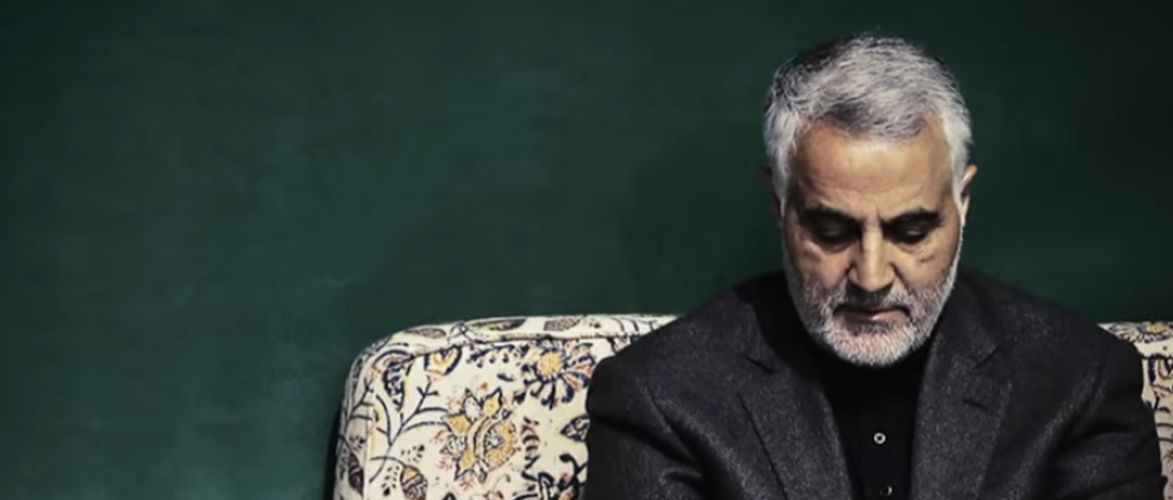
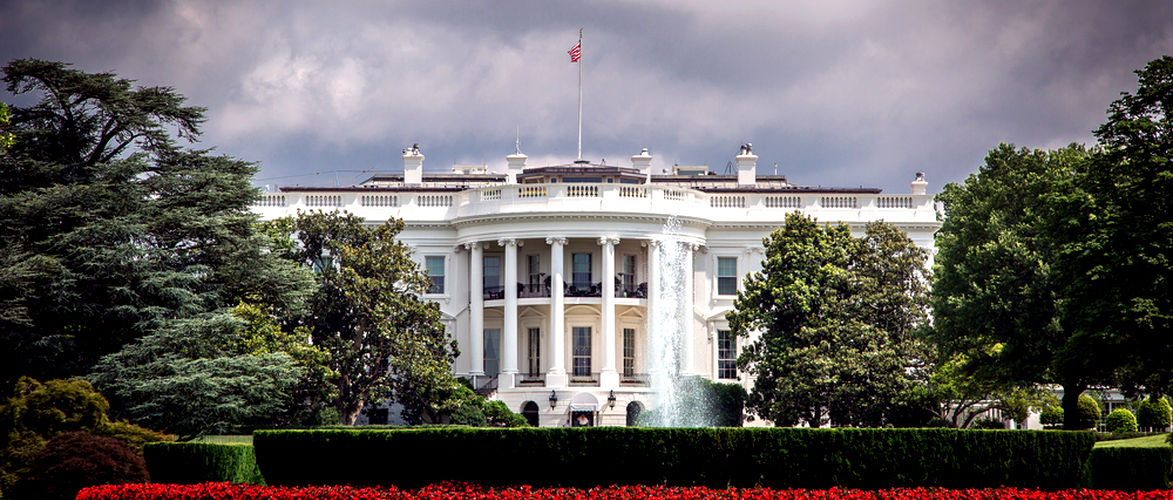

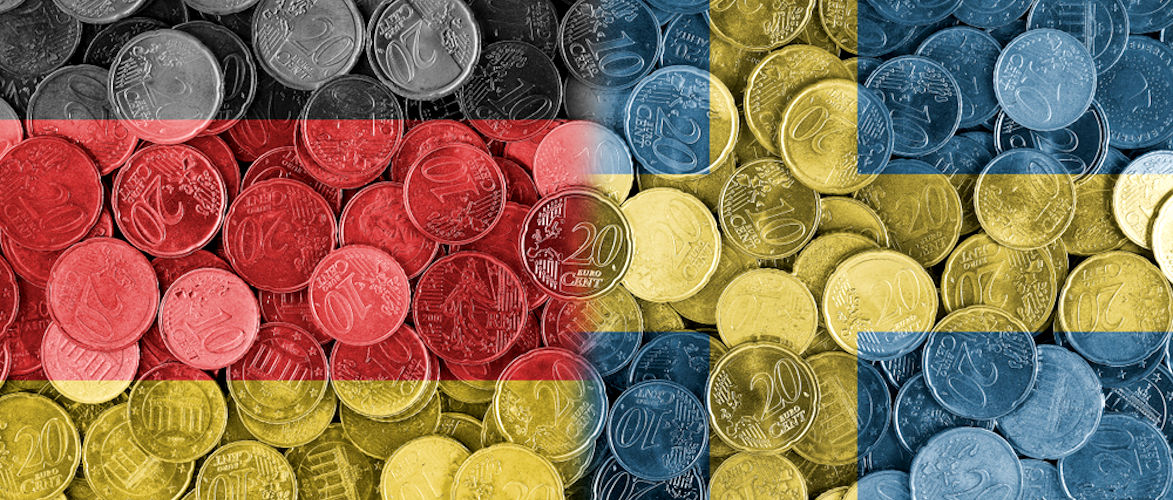
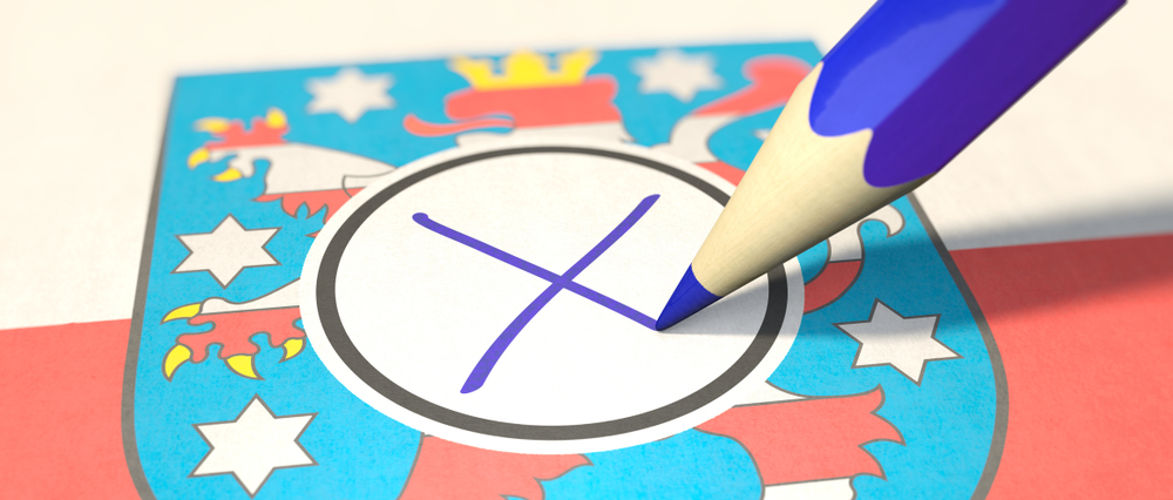

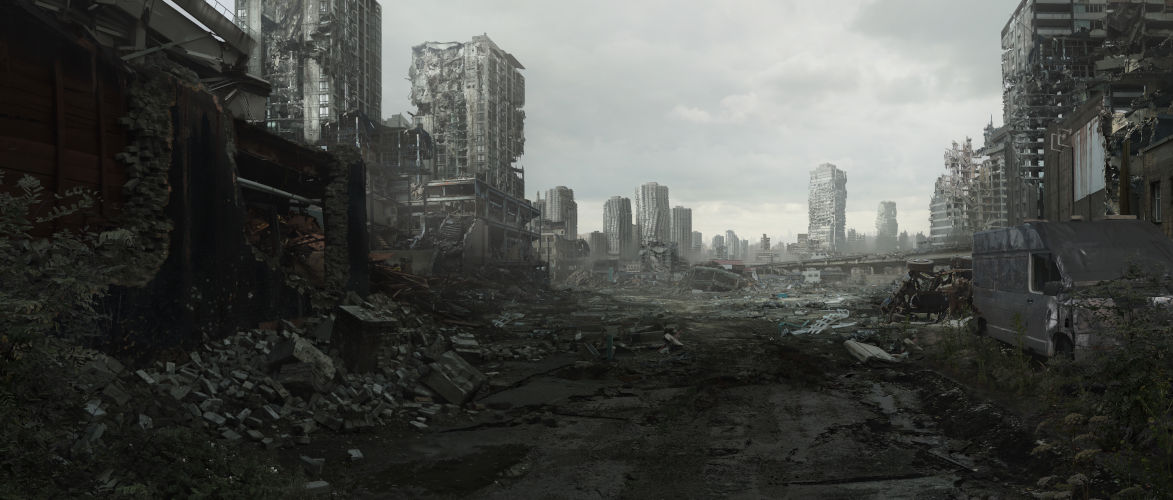


Kommentare (0)